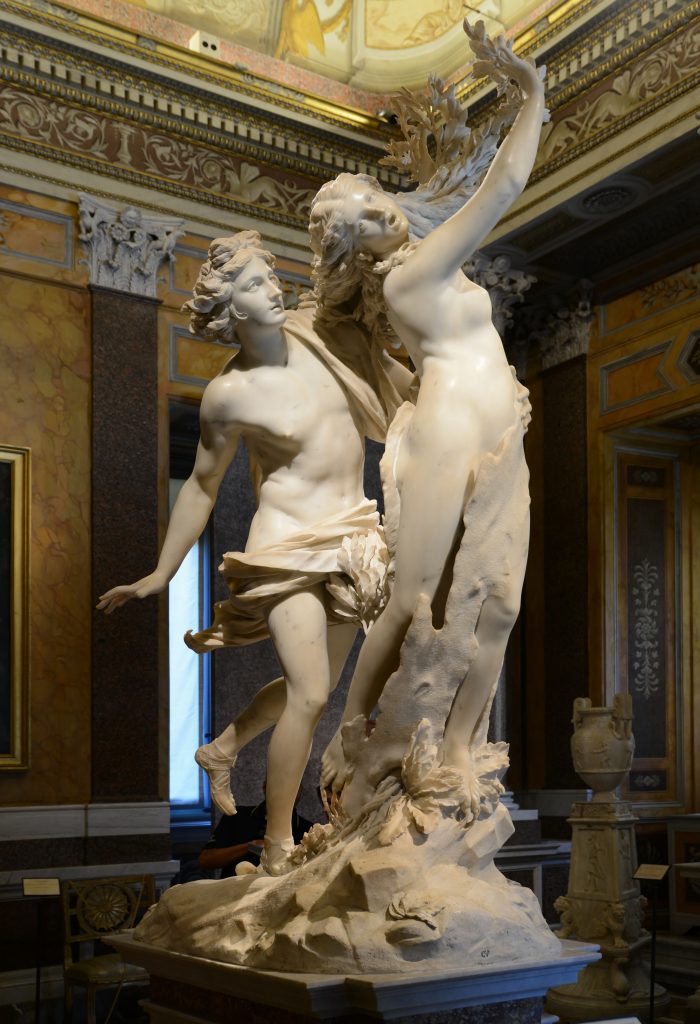Nymphs
07.09.2018But who are these stunningly beautiful, eternally youthful and oh so positive and cheerful nymphs evoked at every turn? There are many of these divinities from ancient Greek and Roman mythology with different names depending on the places they inhabit and enchant.
Does this river not sing in its eddies? Does its source not hum? And how about this tree, rustling in the wind? And the shadows in this cave? And the murmuring of the meadows? And the crashing of the ocean waves! And the roaring of rivers? And the solitary silence that blankets the mountain tops… Nymphs are everywhere, roaming and frolicking at will!
Nymphs are always young, slender semi-naked women who laugh and chuckle gracefully behind a person but when that individual turns round to see them, there is only a motionless tree or rock. But they are alive… They sing, they dance… and not just that! Our nymphs are not there to chase fireflies. They startle anyone who surprises them… and remain mistresses of dispensing favours and ducking ardour.
Of truly divine descent, nymphs personify Nature, the elements, its power and splendour, its infinite folds in static or moving relief. They are the secret behind the fertility of plant, aquatic and even mineral life everywhere you look.
They are divinities that are inferior to Gods for sure, but which inflame the latter with concupiscent passion, just like the rare humans that they fell in love with many moons ago. Sometimes they form the cortege of a God, like the crazily delirious, dancing and drumming maenads that surrounded Dionysos.
The loves of nymphs are the origin of a rich genealogy of illustrious heroes, great families and even peoples. They have not been idle.
But be careful not to rush them! They will drive you crazy. You have to know how to play the game and that’s the truth. They took revenge on a mortal who took an axe to a tree, let’s not forget that. Because a tree is in certain tales the measure of the duration of their existence, over nine times the age of the palm tree, the tree that symbolised fertility in ancient Egypt and which (along with the olive tree) came to symbolise Apollo. Poor old Apollo who had no luck with the nymph Daphne whom he pursued with rash assiduity after Eros had shot him with a golden arrow so he would fall head over heels but Daphne was shot with a lead arrow so she would hate him and flee. She put an end to her misery by turning herself into a laurel tree, the leaves of which were used to fashion a crown for his head as an end to the whole sorry business.
Our planet Earth, as far as original Nature still covers it, is only the infinite frolicking of nymphs. The prosperity of the name continues. For a long time the word nymph has been used to denote a young girl who is popular and admired. A slim figure can only be that of a nymph. For better or worse, the word nods to nooks and preludes certain excesses. And it isn’t just the lamp posts in our streets that reflect their presence, as the lampads are these nymphs from the underworld who carry flaming torches in their hands.


